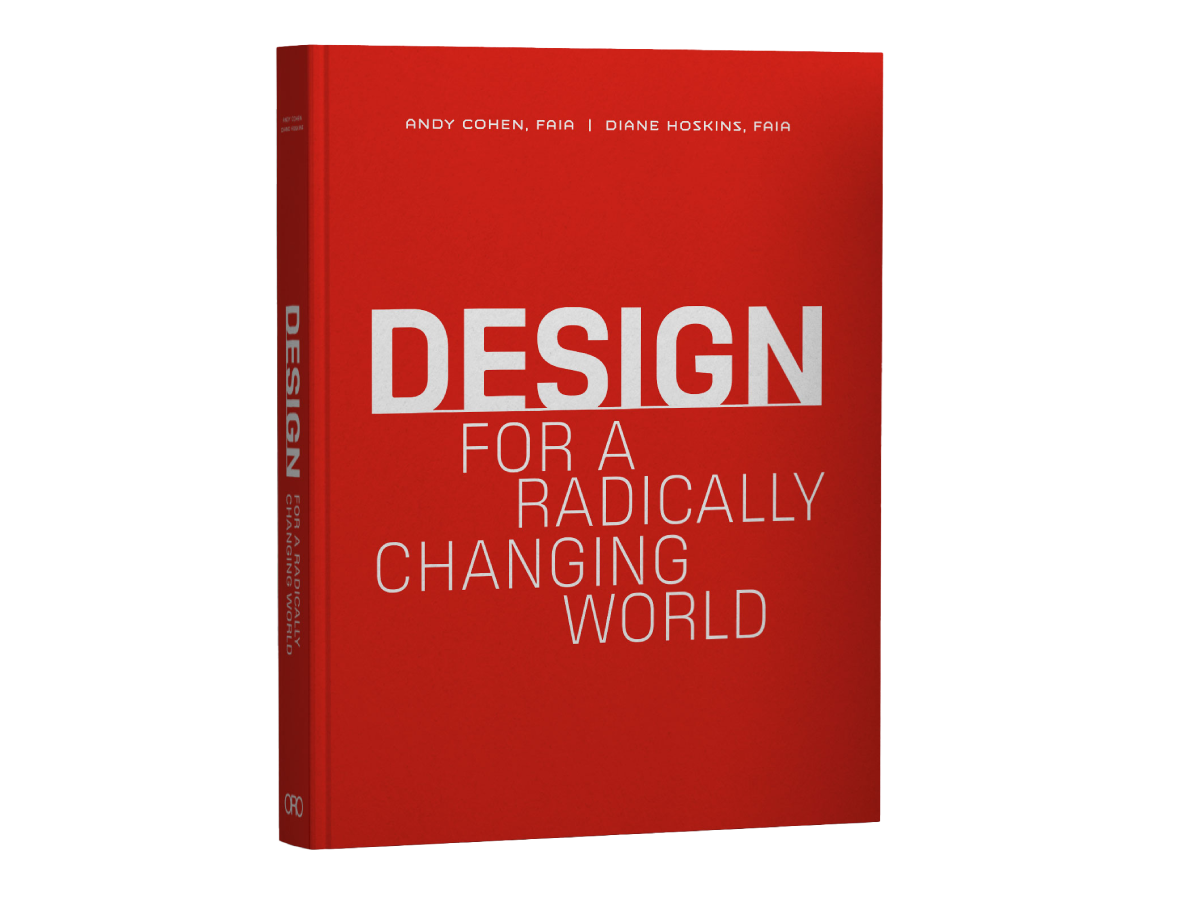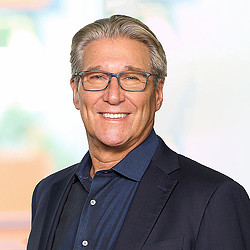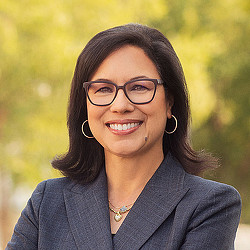Using Design to Bring Hope
April 24, 2024 | By Andy Cohen and Diane Hoskins
Editor’s Note: The following excerpt is from Design for a Radically Changing World, by Gensler Global Co-Chairs Diane Hoskins and Andy Cohen.
Globally, millions of people deal daily with racism, discrimination, hate crimes, caste systems, apartheid, sexism, genocide, religious persecution, human trafficking, ethnic violence, and political repression. We must champion justice, equity, and inclusion in every project we touch. We must use design to bring hope.
The question before us as design professionals is how to incorporate positive and equitable impacts into our design. How can we use the power of design to change lives and heal communities?

Understanding the complex connections between the built environment, injustice, and inequity is an important place to start. Every injustice and inequity happens in a community, a city, a nation. Individual and systemic acts of hate and intolerance occur as part of a greater system of spatial injustice: separate and unequal access to safe and secure housing, education, transportation, healthcare, food, and public space — all of which play out as an ongoing lack of design investment relative to entire communities. Where our cities, countries, and communities invest tells a significant story about who is valued, and who is not.
Design for social and racial justice is about leading with hope. And it's about actions and design principles that together have the potential to affect lasting change. No one action can manifest the change the world needs; instead, it is many actions by many people over time that will make the difference. As leaders of the most influential design firm in the world, we are leaning into what it means to fight racism as designers, through our actions and interactions in our cities and communities.
For media inquiries, email .


